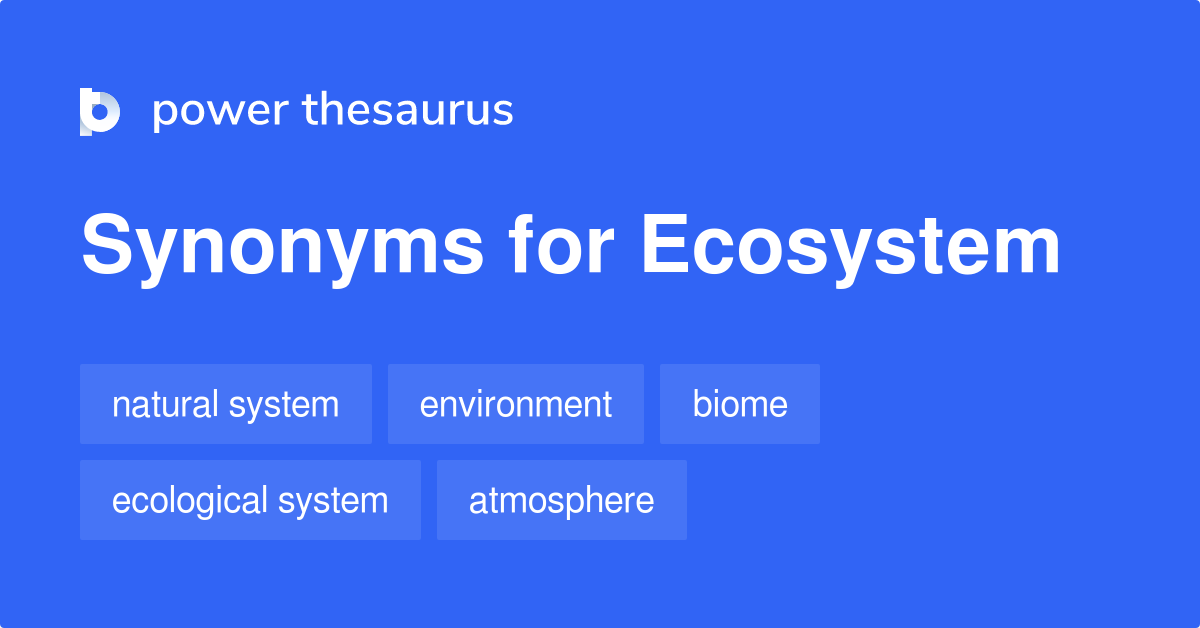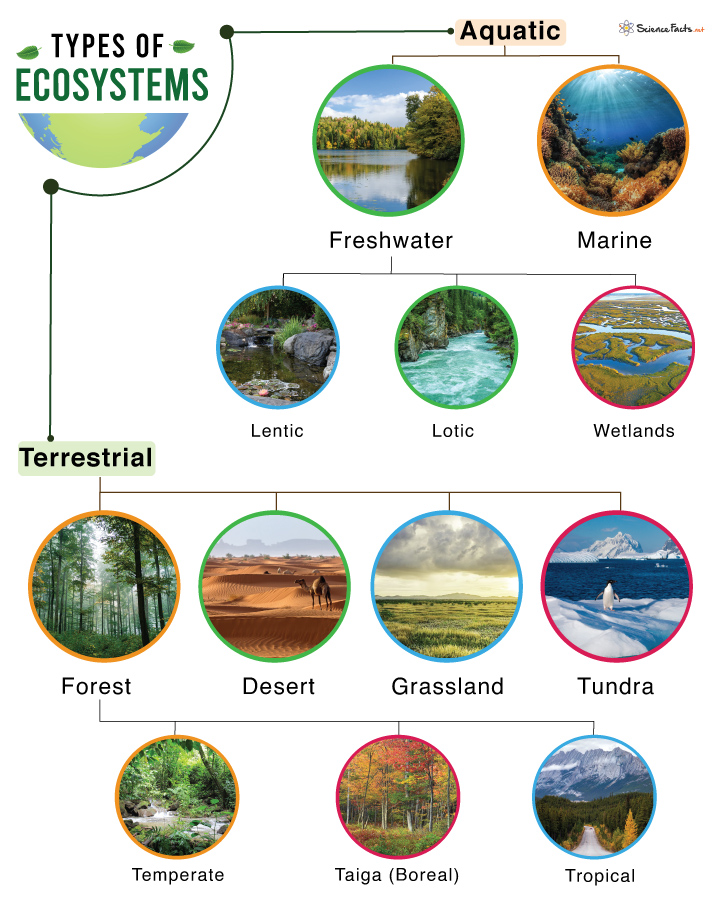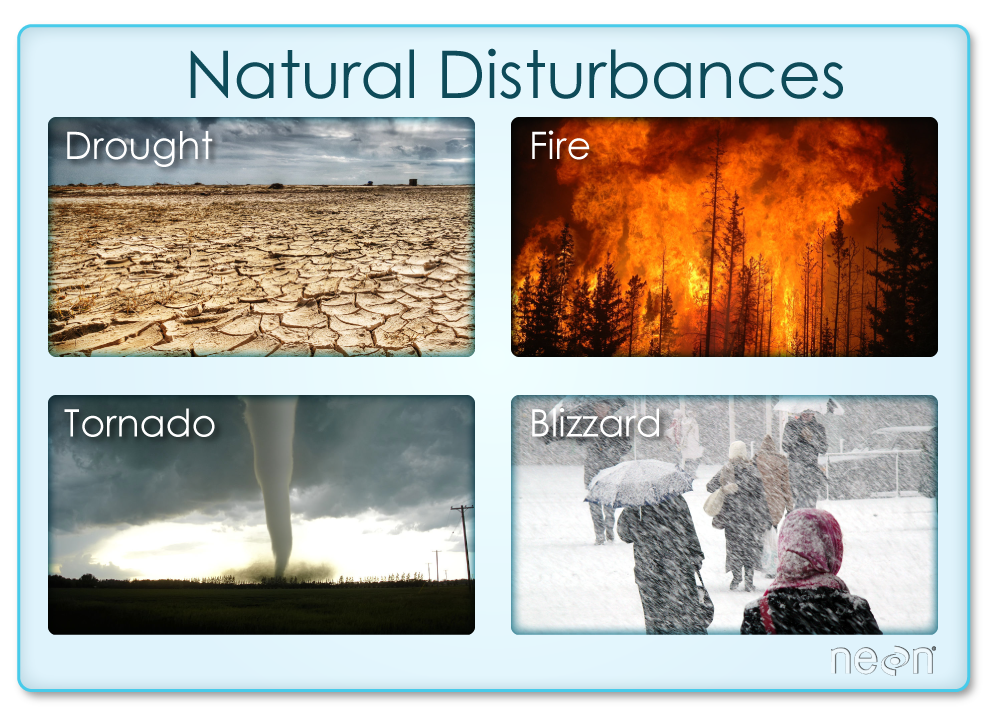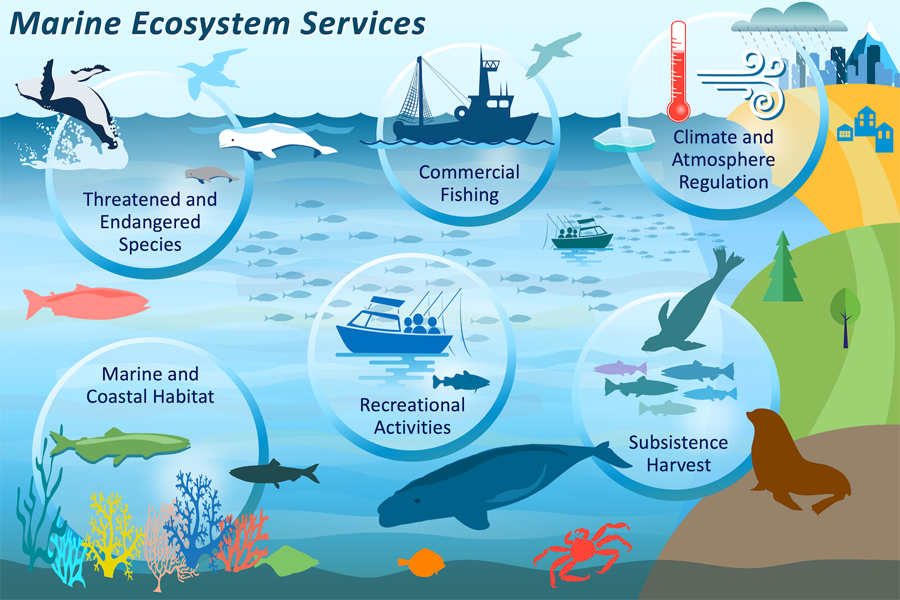Topic what is an ecosystem in biology: Discover the intricate web of life within ecosystems, where biology unveils the interconnectedness of all living and non-living elements, fostering a deeper appreciation for the natural world.
Table of Content
- What are the components of an ecosystem in biology?
- Definition of an Ecosystem
- Components of an Ecosystem: Biotic and Abiotic Factors
- Types of Ecosystems: Terrestrial, Aquatic, and Marine
- Energy Flow in Ecosystems: The Food Chain and Food Web
- Nutrient Cycles: Carbon, Nitrogen, and Water Cycle
- YOUTUBE: What Is An Ecosystem?
- Importance of Ecosystems: Biodiversity and Human Impact
- Ecosystem Services: Benefits to Humans
- Conservation and Restoration of Ecosystems
- Challenges Facing Ecosystems: Climate Change and Pollution
- Future of Ecosystem Research: Trends and Innovations
What are the components of an ecosystem in biology?
An ecosystem in biology consists of various components that work together to create a balanced and functional environment. These components can be broadly categorized into two main groups:
- Biotic Components: These include all the living organisms within the ecosystem. Biotic components can further be divided into several levels:
- Individuals: Individual organisms of different species, such as plants, animals, fungi, and microorganisms.
- Population: Groups of individuals of the same species living and interbreeding within a defined area.
- Community: Multiple populations of different species interacting and coexisting within the ecosystem.
- Biomes: Large-scale ecosystems characterized by specific climate and vegetation, such as forests, deserts, or grasslands.
- Abiotic Components: These include all the non-living factors present in the ecosystem that impact the biotic components. Common abiotic components are:
- Air: Including oxygen, carbon dioxide, and other gases necessary for respiration and photosynthesis.
- Water: Essential for the survival of organisms and various ecosystem processes.
- Soil: A mixture of minerals, organic matter, water, and gases that provides nutrients and support for plant growth.
- Climate: The long-term weather patterns in the ecosystem, including temperature, humidity, precipitation, and wind.
- Light: Sunlight is crucial for photosynthesis, which is the primary source of energy for most ecosystems.
These components interact and depend on each other within the ecosystem. Biotic components rely on abiotic factors for survival, while abiotic factors are shaped and influenced by the presence of biotic organisms. This intricate web of interactions forms the foundation of an ecosystem\'s structure and function.
READ MORE:
Definition of an Ecosystem
An ecosystem is a complex network of living organisms (biotic factors) and the non-living (abiotic factors) elements with which they interact within a specific environment. This interaction helps sustain life through energy flows and nutrient cycles, forming a self-regulating unit that includes plants, animals, microorganisms, soil, rocks, and atmospheric conditions.
- Biotic Components: These include all living things in an ecosystem, such as plants, animals, fungi, and microorganisms. They are categorized based on their roles as producers, consumers, and decomposers.
- Abiotic Components: These encompass all non-living factors affecting the ecosystem, including climate, water, soil, and physical landscape. These elements provide the necessary conditions for life and influence the structure of ecosystems.
Ecosystems can vary greatly in size and can be as large as a desert or as small as a drop of water. Regardless of their size, ecosystems are critical for the survival and well-being of the planet"s biodiversity, providing essential services like clean air, water, and fertile soil.

Components of an Ecosystem: Biotic and Abiotic Factors
Ecosystems are composed of biotic and abiotic components that interact in complex ways to sustain life. Understanding these components is key to appreciating the balance and functionality of ecosystems.
- Biotic Factors: These are the living parts of an ecosystem, including all organisms such as plants, animals, bacteria, fungi, and any other living things. They are categorized by their ecological roles:
- Producers (autotrophs): Organisms that produce their own food through photosynthesis or chemosynthesis, serving as the base of the food web.
- Consumers (heterotrophs): Organisms that cannot produce their own food and need to consume other organisms for energy. They are further classified as herbivores, carnivores, omnivores, and decomposers.
- Decomposers: Organisms that break down dead or decaying organisms, returning essential nutrients to the soil and water, thus playing a critical role in nutrient cycling.
- Abiotic Factors: These are the non-living chemical and physical components of an ecosystem. They include:
- Climate: Temperature, precipitation, and other climatic conditions that affect the living conditions within the ecosystem.
- Water: Essential for all life forms, water availability shapes ecosystems and influences the types of organisms that can survive in them.
- Soil: Composed of minerals, organic matter, and nutrients, soil supports plant life and, consequently, the entire ecosystem.
- Light: Solar energy drives photosynthesis, making it a crucial abiotic factor for ecosystems.
- Other factors include air, wind, and topography, which all play significant roles in the functioning of ecosystems.
The interaction between biotic and abiotic components enables the flow of energy and cycling of nutrients, making ecosystems dynamic and ever-changing entities.
Types of Ecosystems: Terrestrial, Aquatic, and Marine
Ecosystems are broadly categorized into terrestrial, aquatic, and marine types, each hosting distinct environments and life forms. Understanding these types helps in the conservation of biodiversity and natural resources.
- Terrestrial Ecosystems: These ecosystems are found on land and are characterized by the type of vegetation they support, climate, and soil type. Examples include:
- Forests: Rainforests, temperate forests, boreal forests.
- Grasslands: Savannas, prairies, steppes.
- Deserts: Hot and cold deserts based on the temperature.
- Mountain Ecosystems: Characterized by altitude.
- Aquatic Ecosystems: These are water-based ecosystems, which are further divided into freshwater and brackish environments. Examples include:
- Lakes and Ponds: Standing water bodies with distinct biotic communities.
- Rivers and Streams: Flowing water ecosystems that support diverse species adapted to the water flow.
- Wetlands: Marshes, swamps, and bogs that are crucial for water purification and wildlife habitat.
- Marine Ecosystems: Covering over 70% of the Earth"s surface, marine ecosystems are saltwater environments with high biodiversity. They include:
- Oceans: The largest ecosystem, home to a vast array of life.
- Coral Reefs: Known as the "rainforests of the sea" for their rich biodiversity.
- Estuaries: Where freshwater meets saltwater, creating nutrient-rich environments.
Each ecosystem type plays a critical role in maintaining ecological balance and supporting life on Earth through unique interactions between their biotic and abiotic components.

Energy Flow in Ecosystems: The Food Chain and Food Web
Energy flow in ecosystems is a fundamental concept illustrating how energy is transferred from one organism to another, forming intricate networks of interactions. The food chain and food web are two models that describe these relationships.
- The Food Chain: A linear sequence that shows how nutrients and energy move from one organism to another. It typically starts with producers (plants and algae) that create energy through photosynthesis, then moves to consumers, including herbivores, carnivores, and omnivores, and ends with decomposers that break down dead material and recycle nutrients back into the ecosystem.
- The Food Web: A more complex representation that shows the multiple feeding relationships among organisms in an ecosystem. It highlights how organisms are part of several interconnected food chains and demonstrates the biodiversity and complexity of ecosystems.
Energy flow is crucial for ecosystem stability and health. It begins with the sun, providing energy for photosynthesis, then travels through the ecosystem via feeding relationships. Only about 10% of the energy is transferred from one trophic level to the next; the rest is lost as heat, highlighting the importance of primary producers in supporting the food web.
- Primary Producers: Organisms that synthesize their own food from inorganic substances using light or chemical energy.
- Primary Consumers: Herbivores that feed directly on producers.
- Secondary Consumers: Carnivores that eat primary consumers.
- Tertiary Consumers: Predators at the top of the food chain, consuming secondary consumers.
- Decomposers: Microorganisms that break down dead organisms, returning essential nutrients to the soil.
Understanding energy flow is essential for the conservation of ecosystems, as it helps identify critical components and interactions that maintain the balance of nature.
Nutrient Cycles: Carbon, Nitrogen, and Water Cycle
Nutrient cycles play a crucial role in sustaining life by recycling essential elements through ecosystems. The carbon, nitrogen, and water cycles are fundamental processes that ensure the availability of these vital resources.
- The Carbon Cycle: Carbon is a key component of all living organisms. The carbon cycle describes the movement of carbon between the atmosphere, oceans, terrestrial ecosystems, and living organisms. Photosynthesis captures atmospheric carbon dioxide for plant growth, while respiration, decomposition, and combustion release it back into the atmosphere.
- The Nitrogen Cycle: Nitrogen is essential for the synthesis of proteins and nucleic acids. The nitrogen cycle involves the conversion of atmospheric nitrogen into forms usable by living organisms and its subsequent recycling. Key processes include nitrogen fixation by bacteria, assimilation by plants, consumption by animals, and the return of nitrogen to the soil and atmosphere through decomposition and denitrification.
- The Water Cycle: Water supports all forms of life. The water cycle ensures the continuous movement of water through the environment, including evaporation, transpiration, condensation, precipitation, and runoff. This cycle is vital for regulating climate, transporting nutrients, and supporting diverse ecosystems.
These cycles are interconnected and influence each other, demonstrating the complexity and interdependence of ecosystem processes. Understanding these cycles is important for environmental conservation and managing human impacts on natural systems.
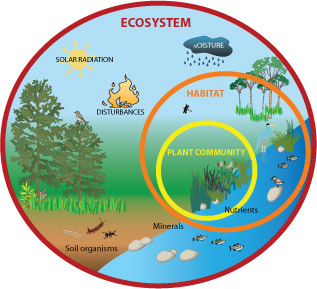
What Is An Ecosystem?
Explore the fascinating world of ecosystems and dive into the intricate web of life. From lush rainforests to bustling coral reefs, this video will showcase the delicate balance of nature and the myriad of organisms that call these ecosystems home. Get ready to be mesmerized by the beauty and intricacy of our planet\'s diverse ecosystems!
What is an ecosystem? - GCSE Biology 9-1 - 9.1
Embark on a journey through the captivating realm of GCSE Biology as this video unravels the wonders of life. Packed with engaging visuals and clear explanations, it will guide you through key topics, from cell structures to genetics. Whether you\'re a student or simply curious about the fascinating world of biology, this video is a must-watch for everyone!
Importance of Ecosystems: Biodiversity and Human Impact
Ecosystems are vital for the health of the planet and the well-being of all its inhabitants. They provide essential services that support life, maintain biodiversity, and offer resources for human use. Understanding the importance of ecosystems and the impact of human activities is crucial for sustainable living.
- Support for Biodiversity: Ecosystems are home to a vast array of species, each playing a unique role in maintaining ecological balance. Biodiversity ensures resilience against environmental changes and disasters, contributing to the stability and productivity of ecosystems.
- Natural Services: Ecosystems perform various natural services like air and water purification, climate regulation, pollination of crops, and carbon sequestration. These services are invaluable for human survival and cannot be replaced by man-made systems.
- Resources for Humans: Beyond natural services, ecosystems provide resources such as food, medicines, and materials for clothing and shelter. Sustainable management of these resources is essential to ensure their availability for future generations.
- Human Impact: Human activities have significantly altered ecosystems, leading to habitat destruction, pollution, climate change, and biodiversity loss. The negative impacts not only harm the environment but also pose risks to human health and economies. It is imperative to adopt sustainable practices that minimize harm to ecosystems and promote conservation efforts.
The importance of ecosystems underscores the need for conservation and sustainable management practices. By understanding and mitigating human impacts, we can preserve the health and diversity of ecosystems for the benefit of all life on Earth.
Ecosystem Services: Benefits to Humans
Ecosystem services are the many and varied benefits that humans freely gain from the natural environment and from properly-functioning ecosystems. Such ecosystems include, for example, agroecosystems, forest ecosystems, grassland ecosystems and aquatic ecosystems. Collectively, these benefits are becoming increasingly recognized as essential for human survival and economic prosperity. Ecosystem services are grouped into four main categories:
- Provisioning Services: These are the products obtained from ecosystems, including food, fresh water, wood, fiber, genetic resources, and medicines. Healthy ecosystems allow us to thrive with abundant resources.
- Regulating Services: Ecosystems regulate critical environmental conditions and processes, such as climate regulation, disease control, water purification, and pollination of crops and native vegetation. These services help maintain the balance of nature and support human life.
- Cultural Services: Natural environments provide cultural or aesthetic benefits, recreational opportunities, educational experiences, and spiritual enrichment. These services contribute to human well-being and quality of life.
- Supporting Services: These are the natural processes that maintain other services, including nutrient cycling, soil formation, and the production of oxygen. These fundamental processes are the basis for the production of all other ecosystem services.
The conservation and sustainable management of ecosystems are crucial to ensuring that ecosystem services continue to support human well-being now and in the future. Recognizing the value of these services is a key step towards integrating environmental health into economic decision-making and development planning.
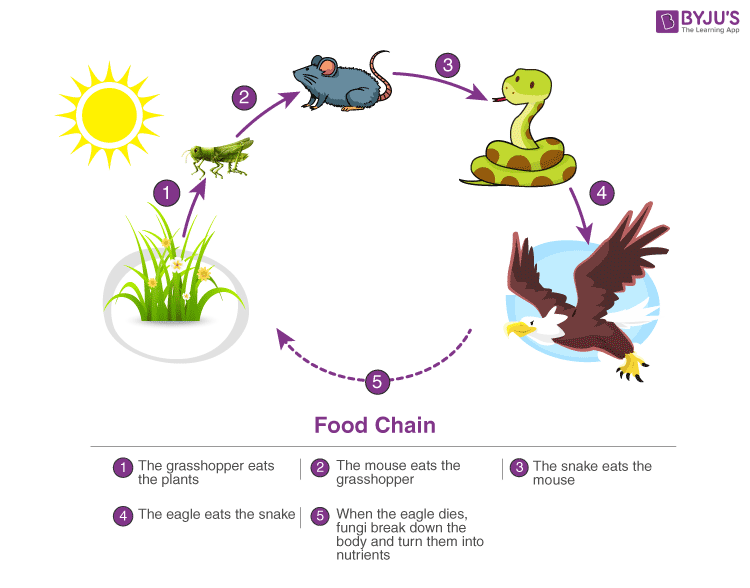
Conservation and Restoration of Ecosystems
The conservation and restoration of ecosystems are critical to maintaining biodiversity, ensuring ecosystem services, and supporting human well-being. These efforts aim to protect ecosystems from degradation and to restore them to their natural state. Effective conservation and restoration strategies involve multiple steps and stakeholders:
- Identifying Critical Ecosystems: Focus on ecosystems that are most at risk or provide essential services, such as wetlands, forests, and coral reefs.
- Protecting Habitats: Implement protected areas, such as national parks and wildlife reserves, to safeguard habitats from human encroachment and destructive activities.
- Restoring Degraded Ecosystems: Use ecological restoration techniques to recover ecosystems that have been damaged or destroyed. This can include reforestation, wetland restoration, and removing invasive species.
- Encouraging Sustainable Practices: Promote land-use practices that are environmentally friendly, such as sustainable agriculture, forestry, and fishing, to reduce the impact on ecosystems.
- Engaging Communities: Local communities play a vital role in ecosystem conservation. Engaging them in conservation efforts through education and participatory projects can lead to more effective and sustainable outcomes.
- Implementing Policies and Legislation: Develop and enforce laws and policies that protect ecosystems, address climate change, and regulate pollution and waste management.
Conservation and restoration efforts are essential for preserving the planet"s biodiversity and ensuring a sustainable future for all species, including humans. By working together, governments, organizations, communities, and individuals can make a positive impact on the health of our planet.
Challenges Facing Ecosystems: Climate Change and Pollution
Ecosystems worldwide are facing unprecedented challenges due to climate change and pollution, which threaten biodiversity, ecosystem services, and the well-being of all living organisms. Addressing these challenges requires a concerted effort from global to local levels.
- Climate Change: Rising temperatures, shifting weather patterns, and increased frequency of extreme weather events disrupt the delicate balance of ecosystems. These changes affect species distribution, migration patterns, and the timing of biological events, leading to habitat loss, decreased biodiversity, and altered ecosystem services.
- Pollution: Air, water, and soil pollution from industrial, agricultural, and urban sources introduce harmful substances into ecosystems. Pollutants such as plastics, heavy metals, pesticides, and other chemicals can accumulate in the environment, posing threats to wildlife and human health, and impairing ecosystem functions.
- Strategies to Mitigate Challenges:
- Implementing emission reduction measures to combat climate change.
- Adopting sustainable agriculture, waste management, and industrial practices to minimize pollution.
- Enhancing ecosystem resilience through conservation and restoration projects.
- Promoting international cooperation to address global environmental issues.
Overcoming these challenges is essential for the preservation of ecosystems and the continuation of life on Earth. Through innovative solutions, policy actions, and community involvement, we can work towards a healthier and more sustainable planet.
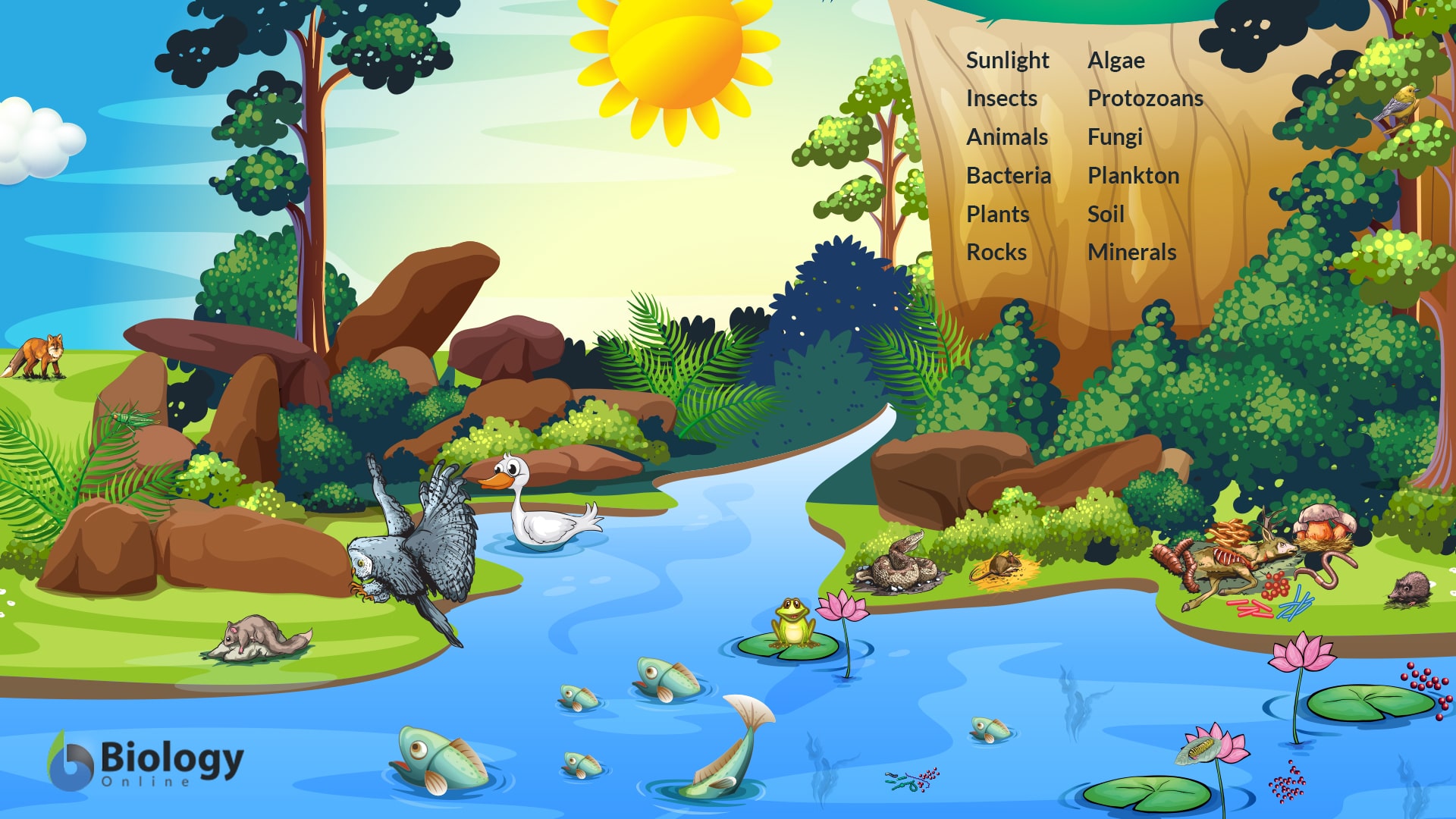
READ MORE:
Future of Ecosystem Research: Trends and Innovations
The future of ecosystem research is poised to transform our understanding and management of natural environments through cutting-edge trends and innovations. These advancements promise to enhance conservation efforts, ecosystem services, and our overall relationship with the natural world.
- Remote Sensing and Big Data: The use of satellite imagery, drones, and sensors to collect extensive data on ecosystems. This technology enables researchers to monitor changes in real-time, assess biodiversity, and predict future environmental shifts.
- Genomics and Biotechnology: Advances in genetic research and biotechnology offer new ways to study species interactions, adaptability to environmental changes, and potential solutions for conservation through genetic modification and resilience building.
- Artificial Intelligence and Machine Learning: AI and machine learning tools are being applied to analyze complex ecological data, predict outcomes of environmental changes, and optimize conservation strategies. These technologies can help in identifying critical areas for protection and in managing natural resources more efficiently.
- Climate Change Mitigation: Research focusing on ecosystems" roles in carbon sequestration and storage, aiming to enhance natural solutions to climate change. Innovations in this area could lead to more effective ways of reducing atmospheric CO2 levels.
- Community-based Conservation: Recognizing the importance of local knowledge and participation, future research will increasingly involve communities in conservation projects. This approach ensures the sustainability of conservation efforts and benefits both ecosystems and local populations.
- Policy and Governance: Developing new frameworks for environmental governance that incorporate ecosystem services into economic planning and decision-making. Research in this area aims to create policies that encourage sustainable practices and biodiversity conservation.
These trends and innovations in ecosystem research hold the promise of not only deepening our understanding of complex ecological processes but also enhancing our ability to protect and sustain the natural world for future generations.
In exploring the intricate web of life that ecosystems weave, we unlock the secrets to sustaining our planet. Join us in fostering a deeper connection with nature, ensuring a thriving, biodiverse world for future generations.
